March 2nd, 2023 | Blog
In between the moments – beginner’s guide to photography by an Art Director
In Velvet, part of our DNA is to share. Experiences, inspirations, f-ups, ideas and tips. So when art director & graphic designer Keiu Grossberg inspired the team with her side hobby journey, we immediately wanted to share it with the world. Dig in and enjoy!
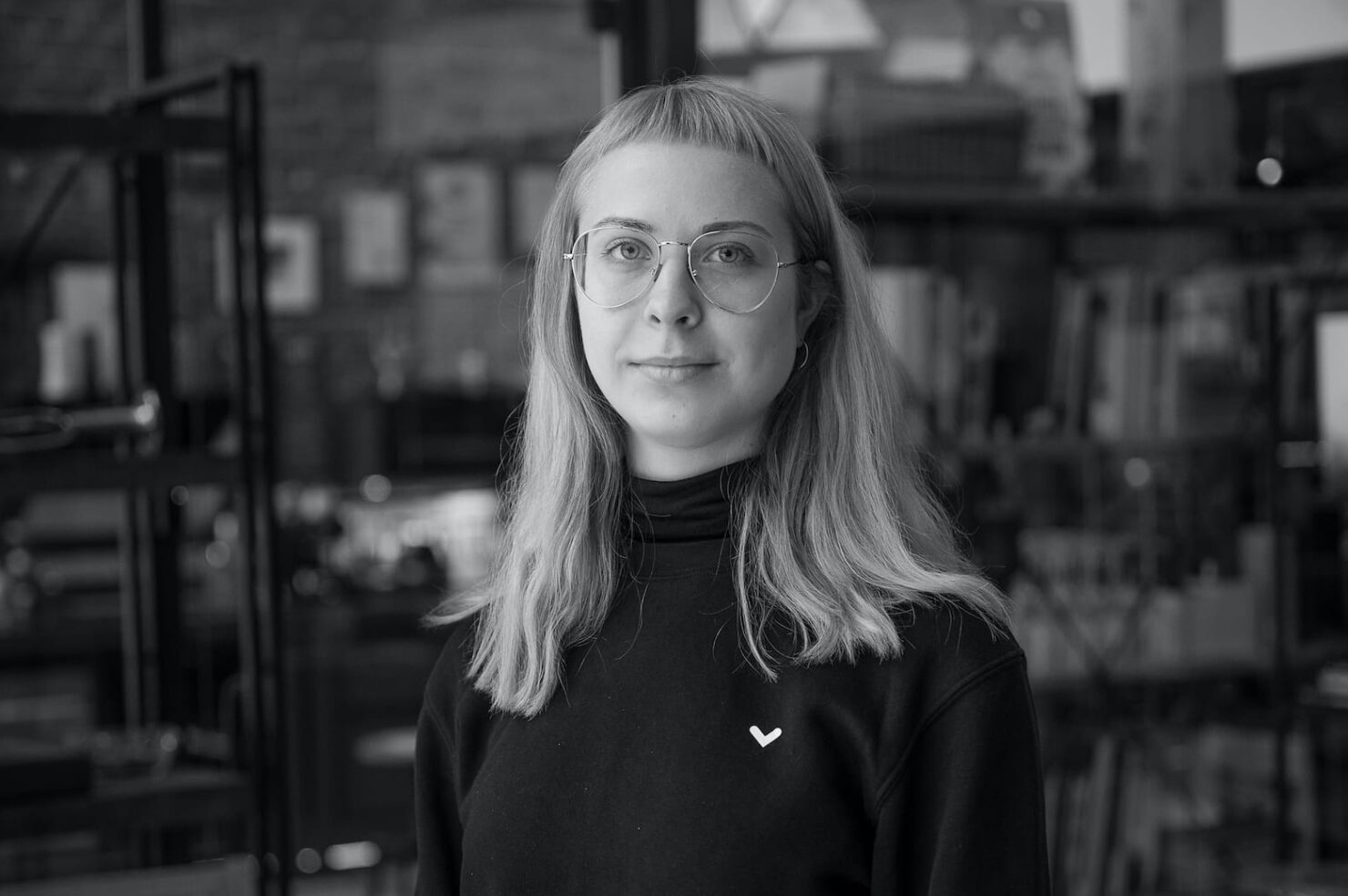
Backstory
OK, so how did I end up with a camera in my hands? Out of necessity, really. As you see, my s-o plays in various bands and we used to tour around the country quite often. The shows were always amazing, but at some point I got bored. I thought to myself, how could I make these gigs more interesting for me? There was also a lot of fun going around on and off stage, and nobody was documenting it.
So, somewhere occured the idea that by taking photos, I could kill two birds with one stone – I’d have something to do and we could share the emotions with so many people afterwards. I bought a used hybrid camera and a semi-decent lens and, well… started blasting.
I found that there was something truly liberating in taking photos. I could f*ck up and nothing would happen. People had zero expectations, I wasn’t getting paid for it so nobody cared whether the photos turned out good or not, there was no deadline, only pure curiosity and joy. I would get press cards for festivals, hang out in backstages, take photos, enjoy the music, meet with fellow photographers and so on.
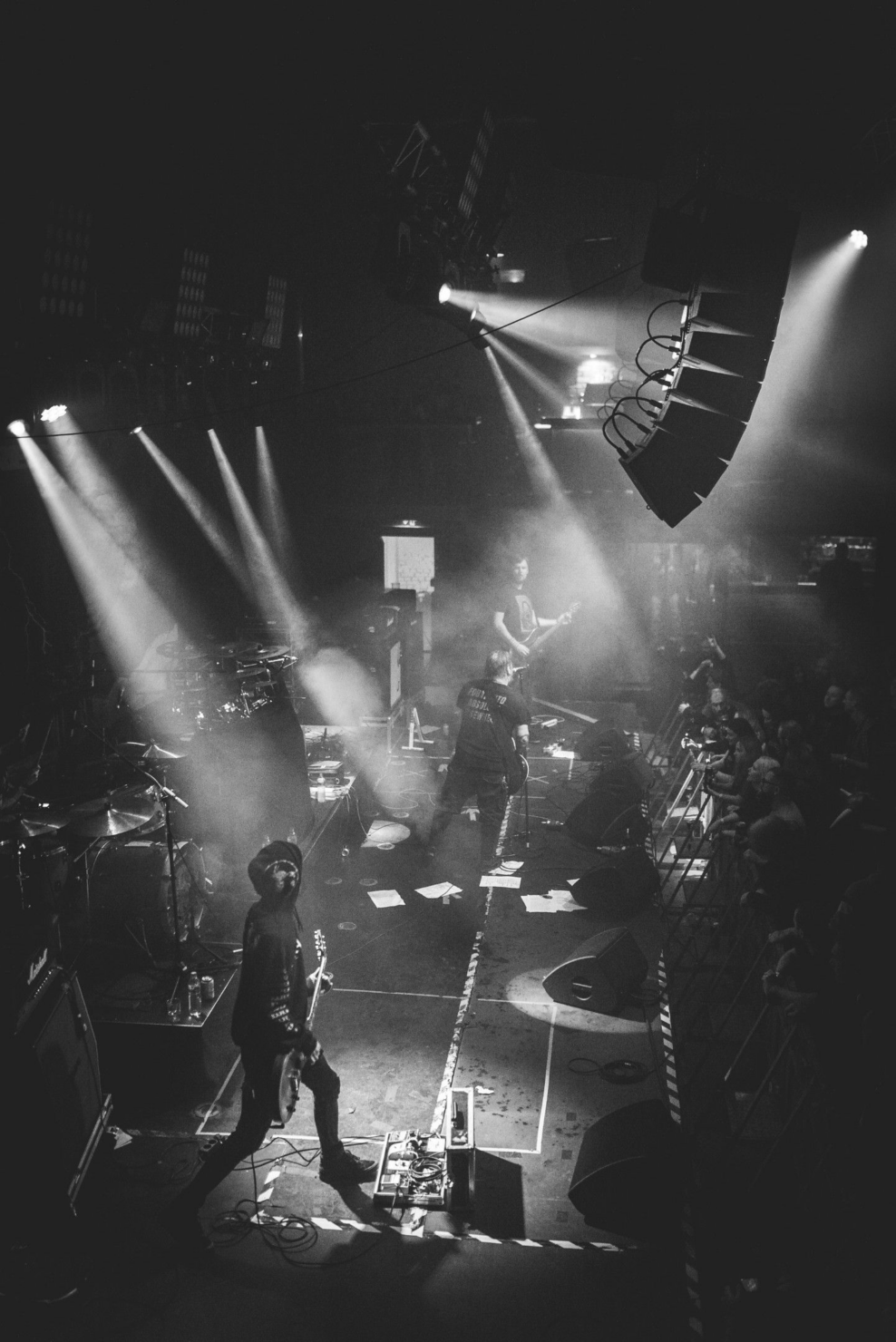
My favourite part of the process is installing the raw footage to my computer. It’s like unwrapping easter eggs – you thought you knew what you were doing by carefully placing onion peels, barley, blueberries and whatever else around the eggs, but you never knew if that combination would work. In concert photography, it is the same. Due to the light changing all the time, it’s impossible to foresee the outcome. That means photos that you take 1 second apart from the same standing point will look completely different.
However, with the method of trial and error, I started noticing some rituals that made one documentary photo better than the other. It was a combination of composition, light and storytelling. I‘ll now continue with a couple of tips that you, too, can use to make your photos appear more interesting, even without fancy photo gear.
Wait for the White Rabbit
Photojournalists usually take their shots during the first 3 songs and then they vanish. However, I’ve noticed that in any special occasions or events, the beginning of the event isn’t going to give you interesting photos. Why? Because people need time before they start to look and feel comfortable. So my suggestion is, if you arrive at your family’s or friend’s house, don’t start taking photos right away, wait a little for the people to loosen up and then pursue aiming a lens at them.
If it’s not a gathering, have a conversation with the person you’re going to take pictures of. Try to find a topic that makes their face glow up, and then, when they least expect it, take the shot. This way, a sincere, unfiltered emotion will be endorsed in the photo.
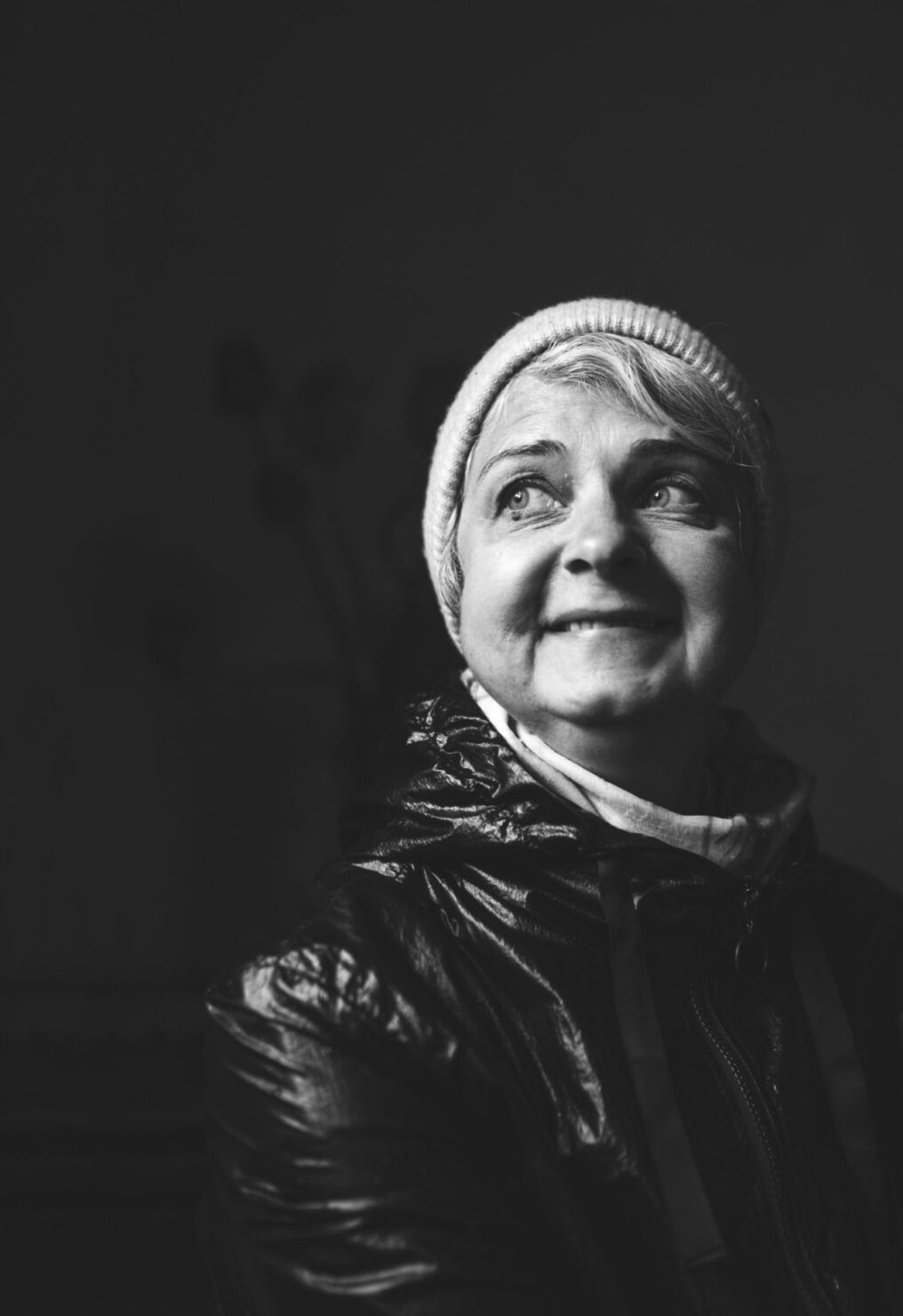
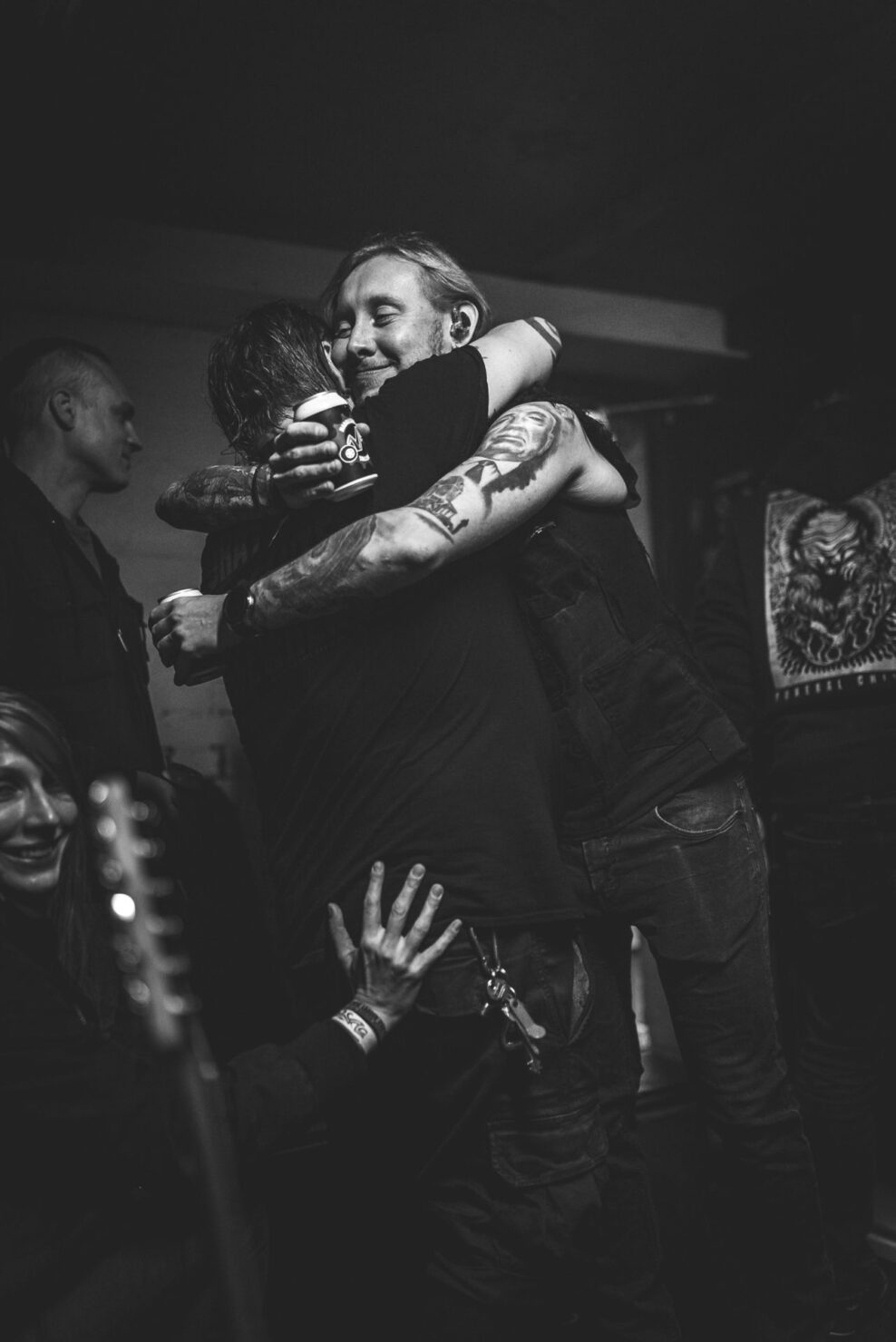
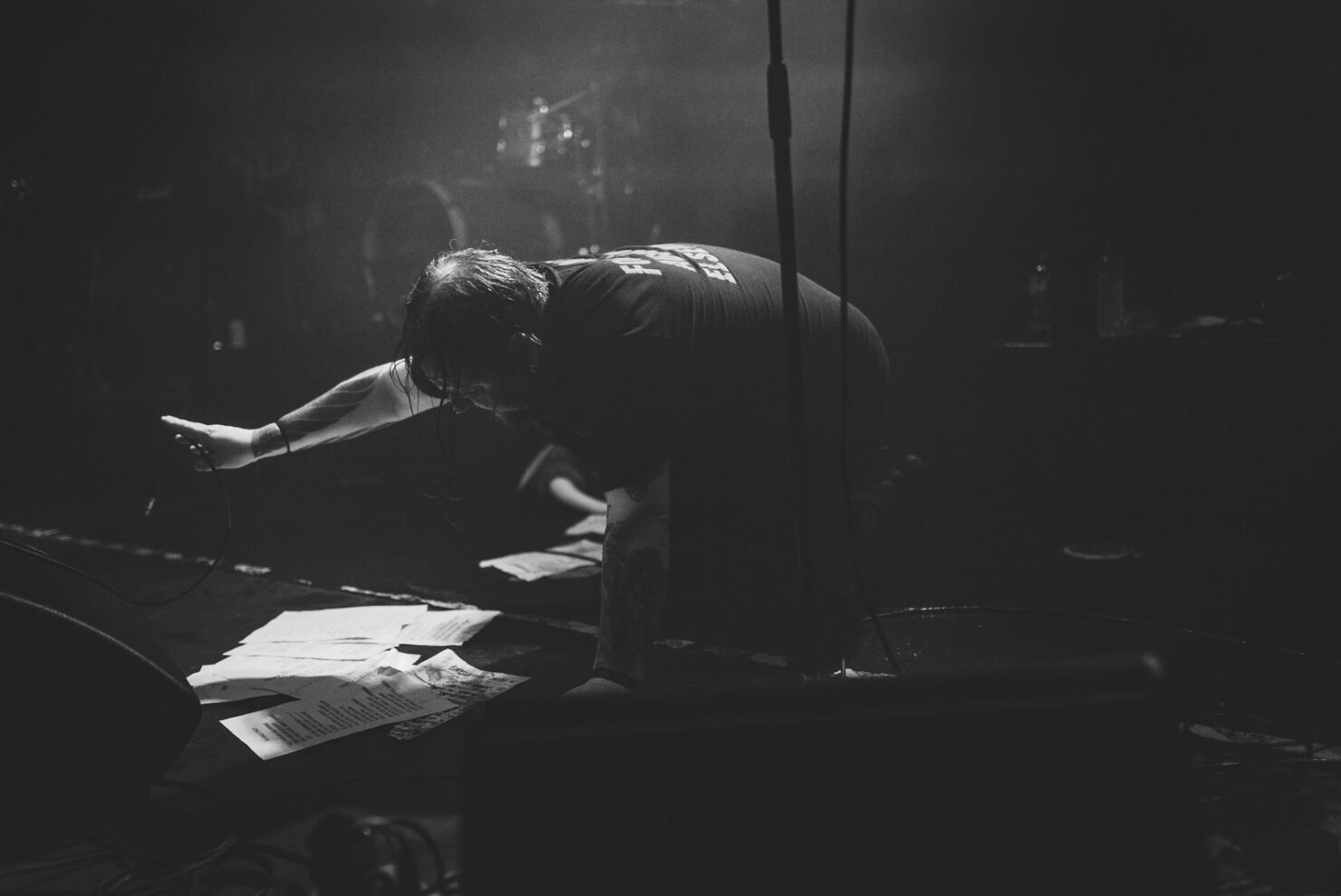
Find the odd one out
Notice your surroundings, is there anything unusual around? Something that’s not supposed to be there? Maybe some people are acting outside of the roles they were in? Like a heavy metal guitarist wearing Spongebob shoes. Or angry, sweaty men having a laugh and hugging each other. Be attentive, and if nothing interesting is happening, be patient. It happens too often that the moment you put your camera down, something out of the ordinary happens. It’s frustrating that you can’t capture it all, but it’s worth a try, so keep the camera rolling.


Ditch the eye height angle
We, adults, see the world from pretty much the same height, with the exception of very short and very tall people. You usually don’t meet people crawling in the streets looking through a bush or staring between someone’s legs. But the fact that it’s out of the ordinary is exactly why photographers do it. By finding unique angles, even ordinary subjects can be portrayed as interesting. Instead of aligning your phone or camera with your eyes, lower or rotate it instead.
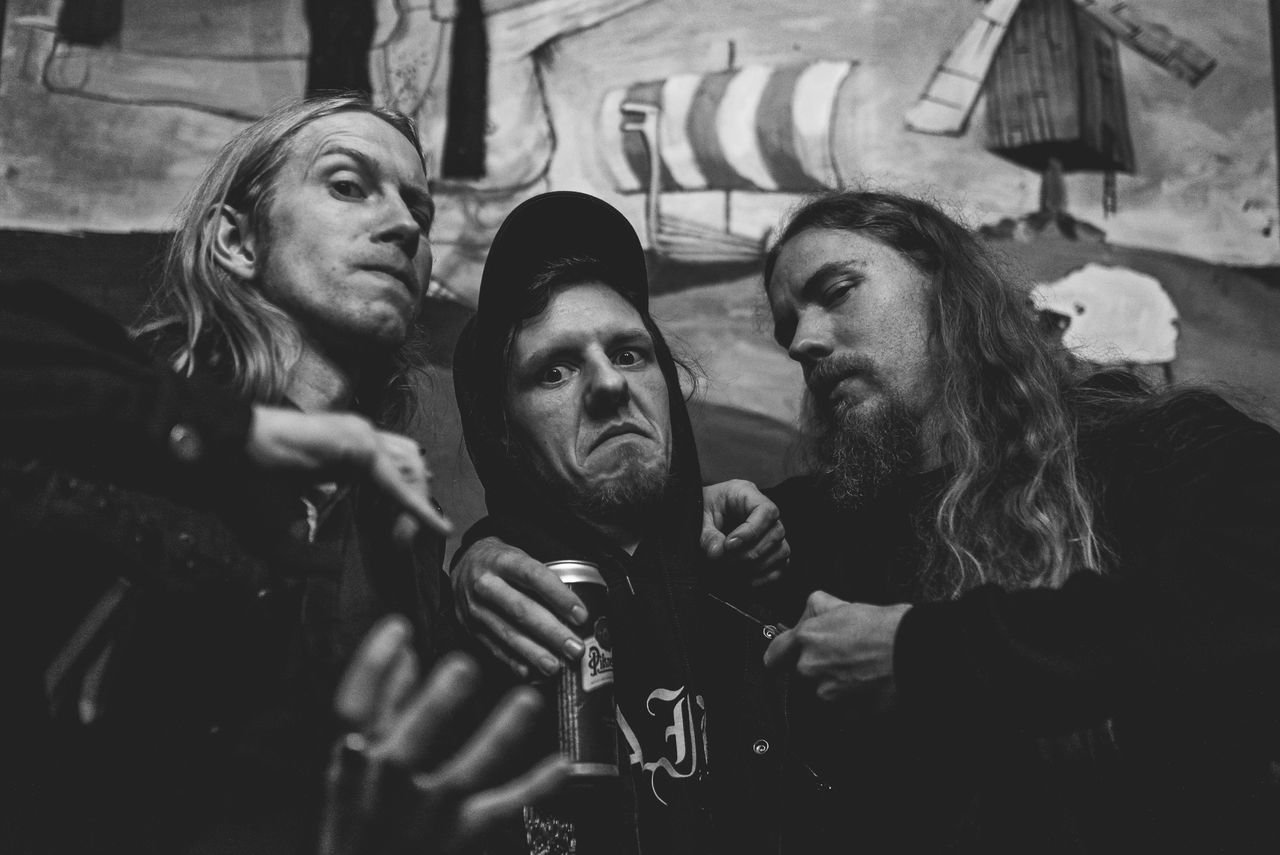
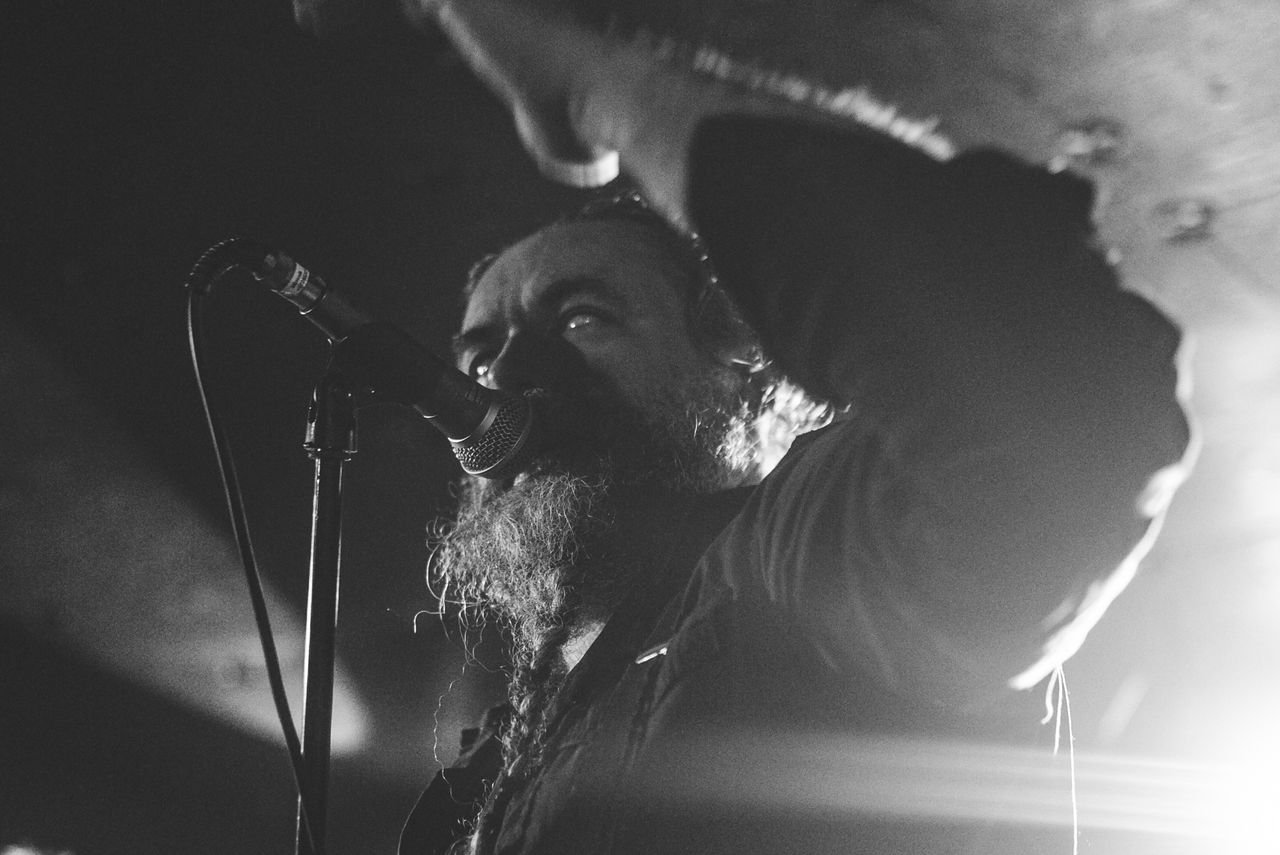
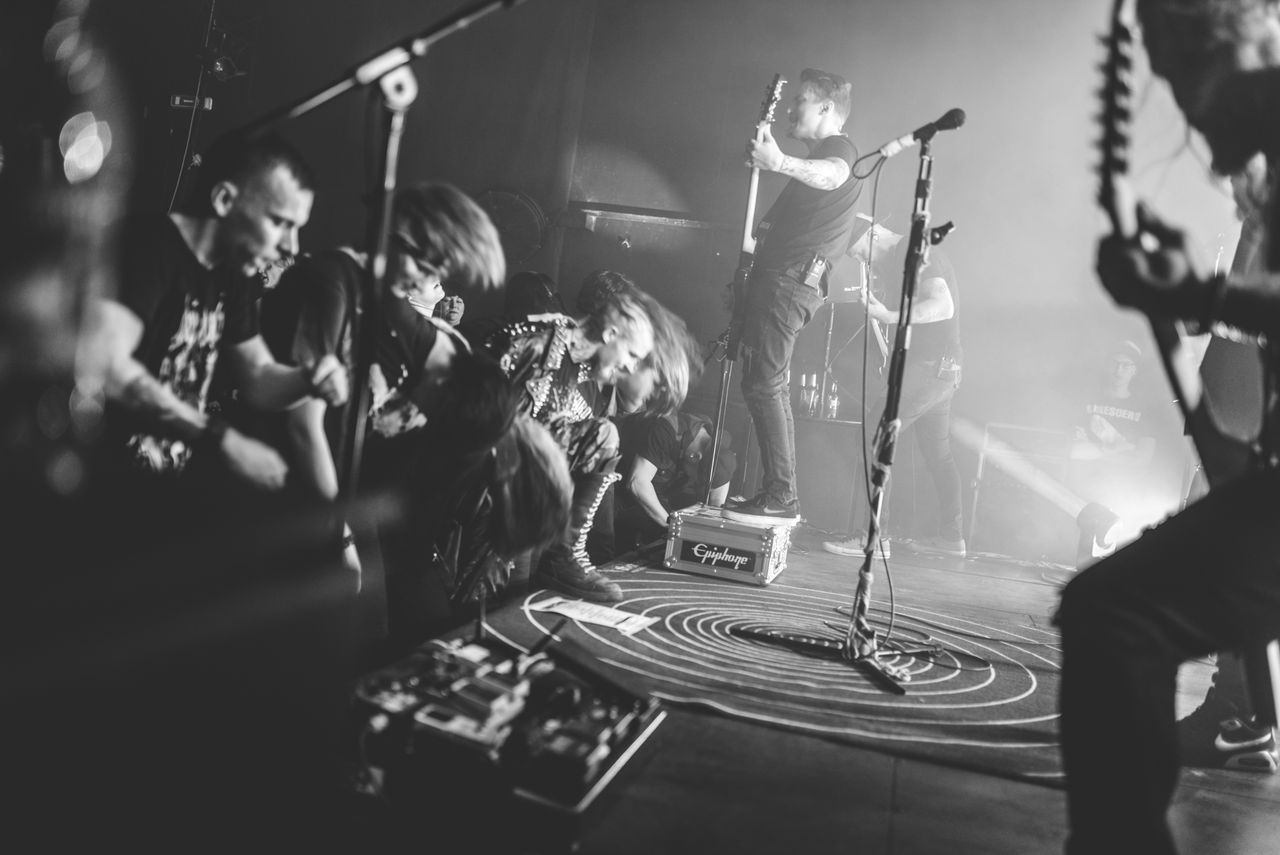
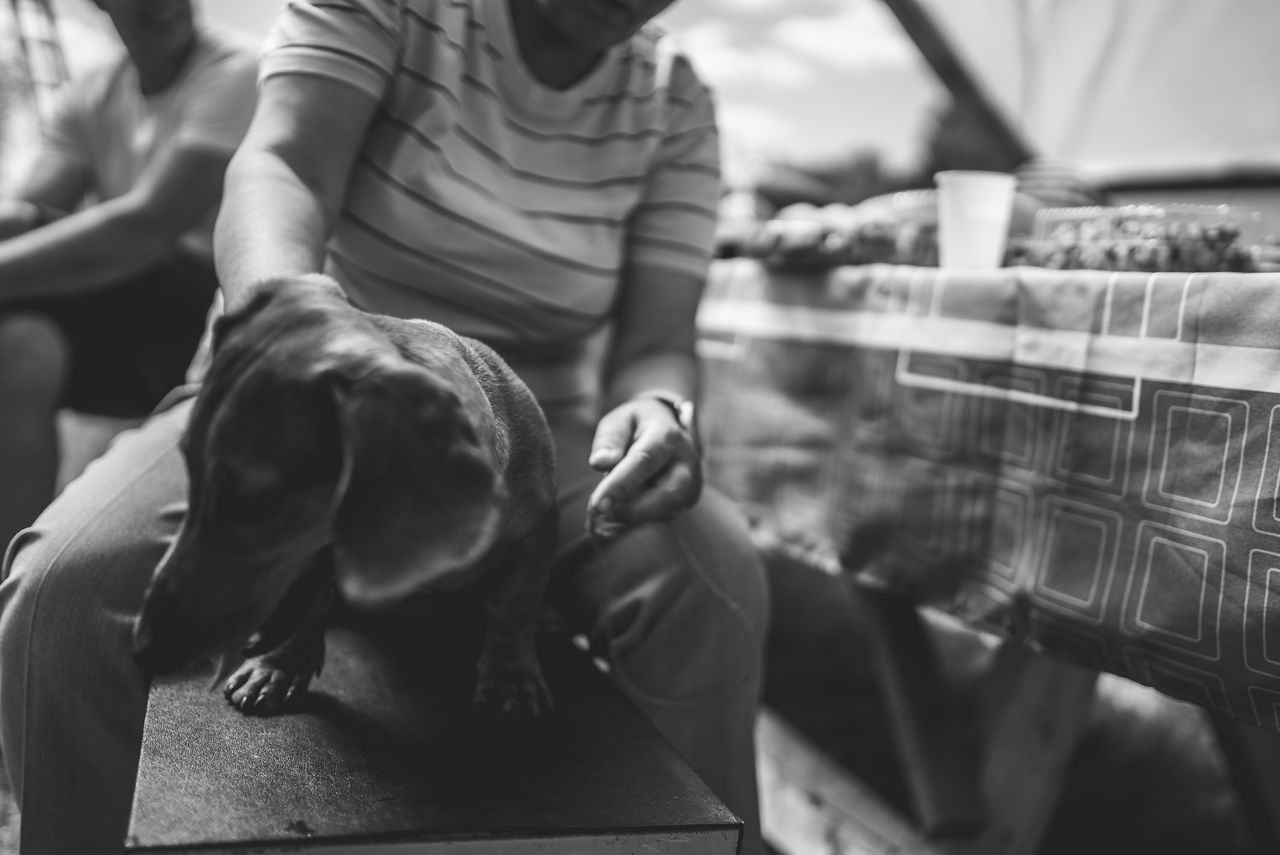
Follow the light
If you think about the light, you think like a photographer
Greg Williams, a Hollywood star photographer from the US.
Unless you’re taking photos in a studio or with a flash, then lighting isn’t really in your control. It puts you in a position where you have to adapt to the situation and make use of it. Walk around the subject to catch different angles of light and shadow, make them look into the light or face away from it. Pay attention to where the light is heading and use it to direct the viewer’s gaze.
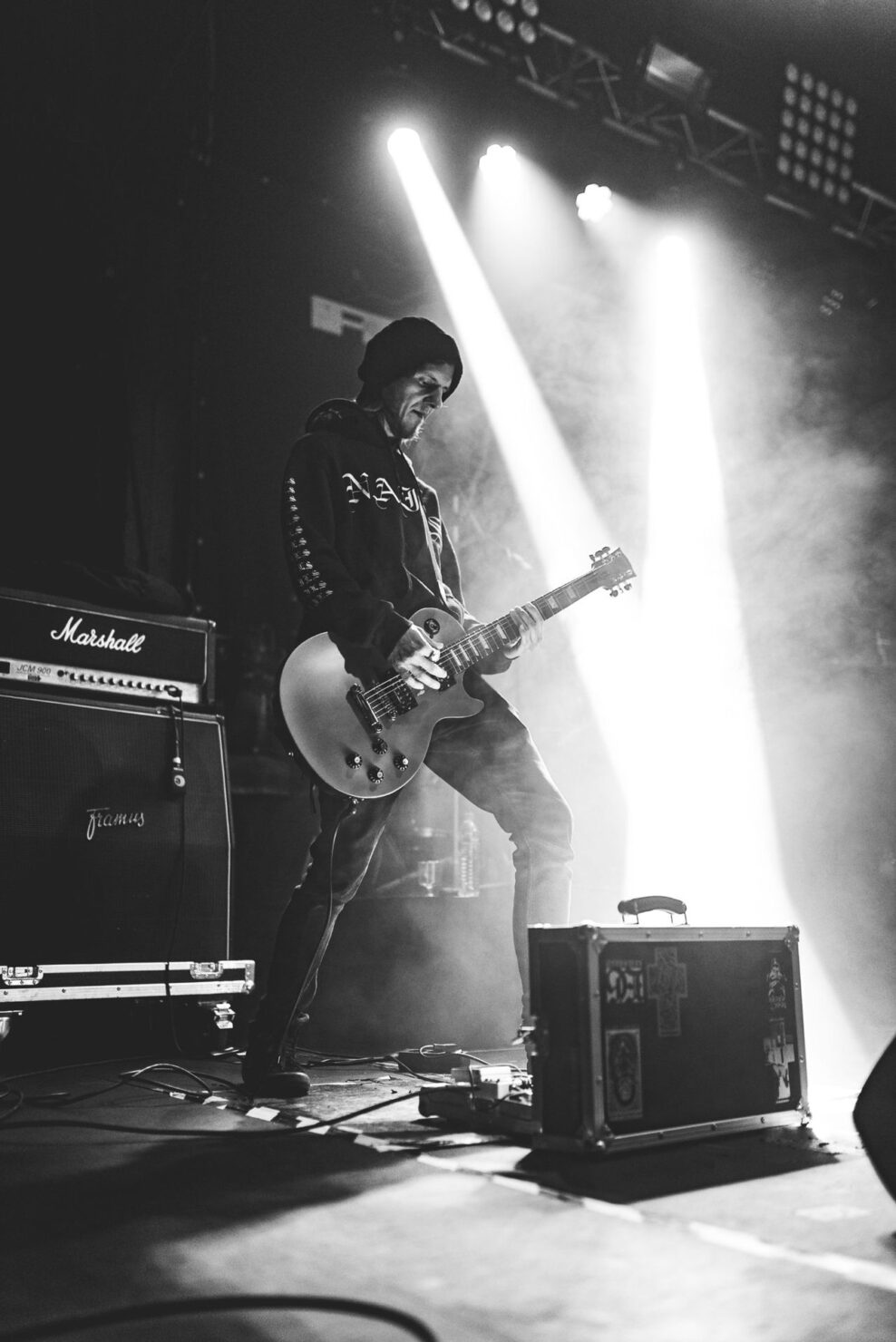
This might seem a lot of stuff to keep in mind while pushing the shutter button, but once you get a hang of it, it becomes as if a second nature.
My advice is to notice, observe and most important – have fun!
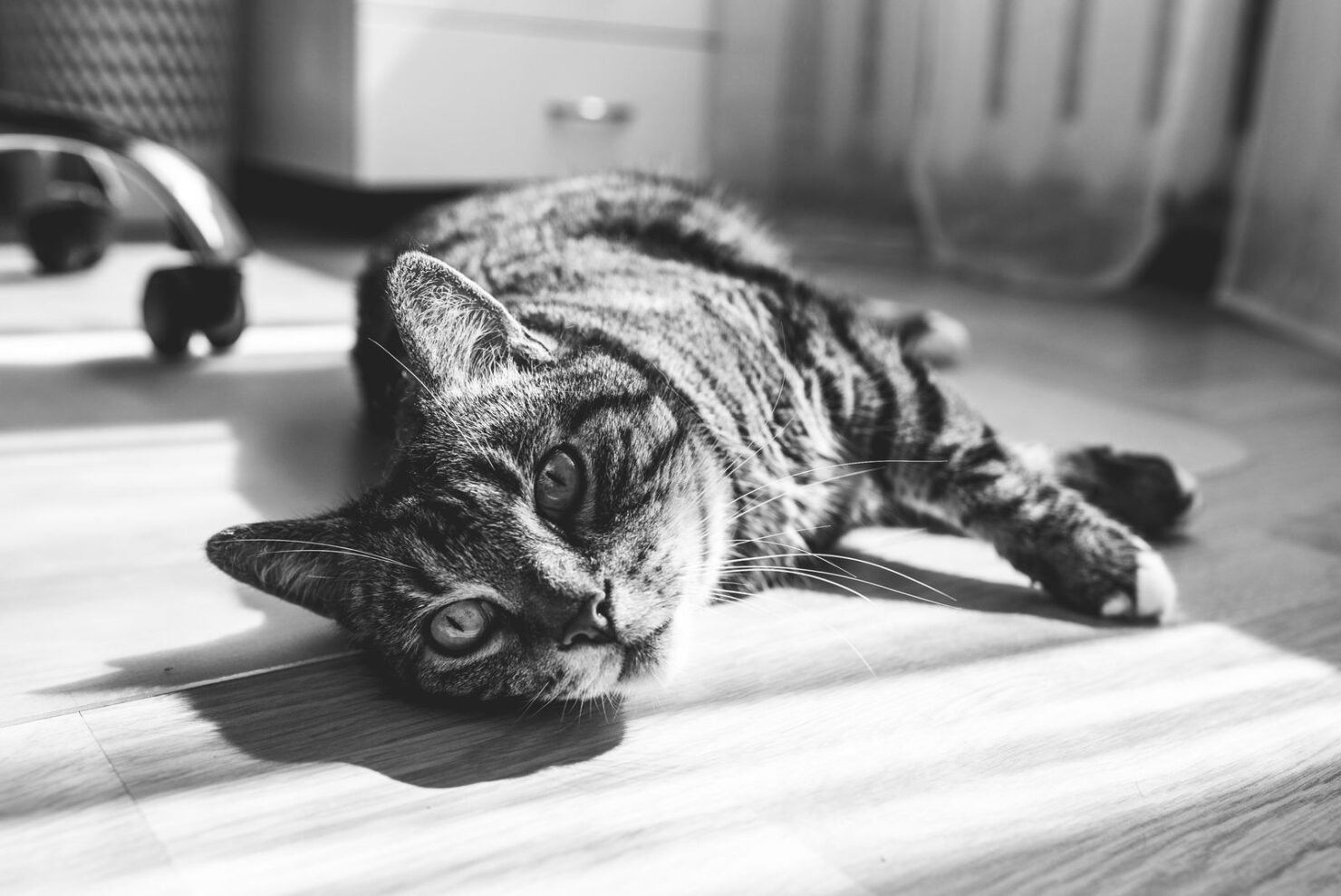
Thanks for reading! If you’re interested, check Keiu’s designs here or here, for instance – or the hell with it, just lurk around our other works.